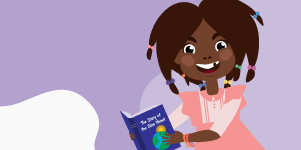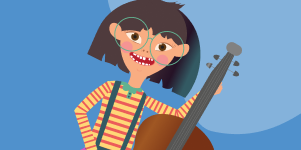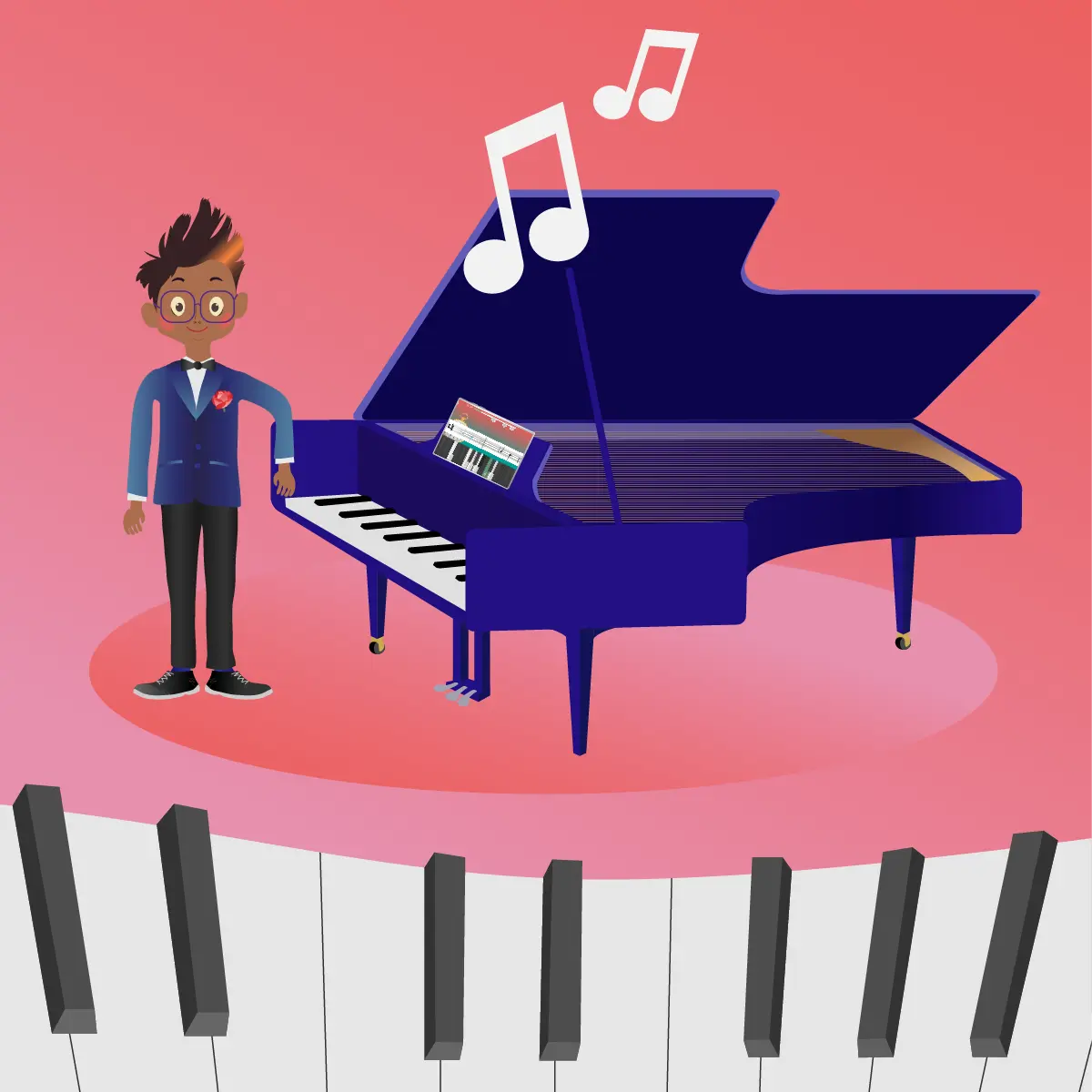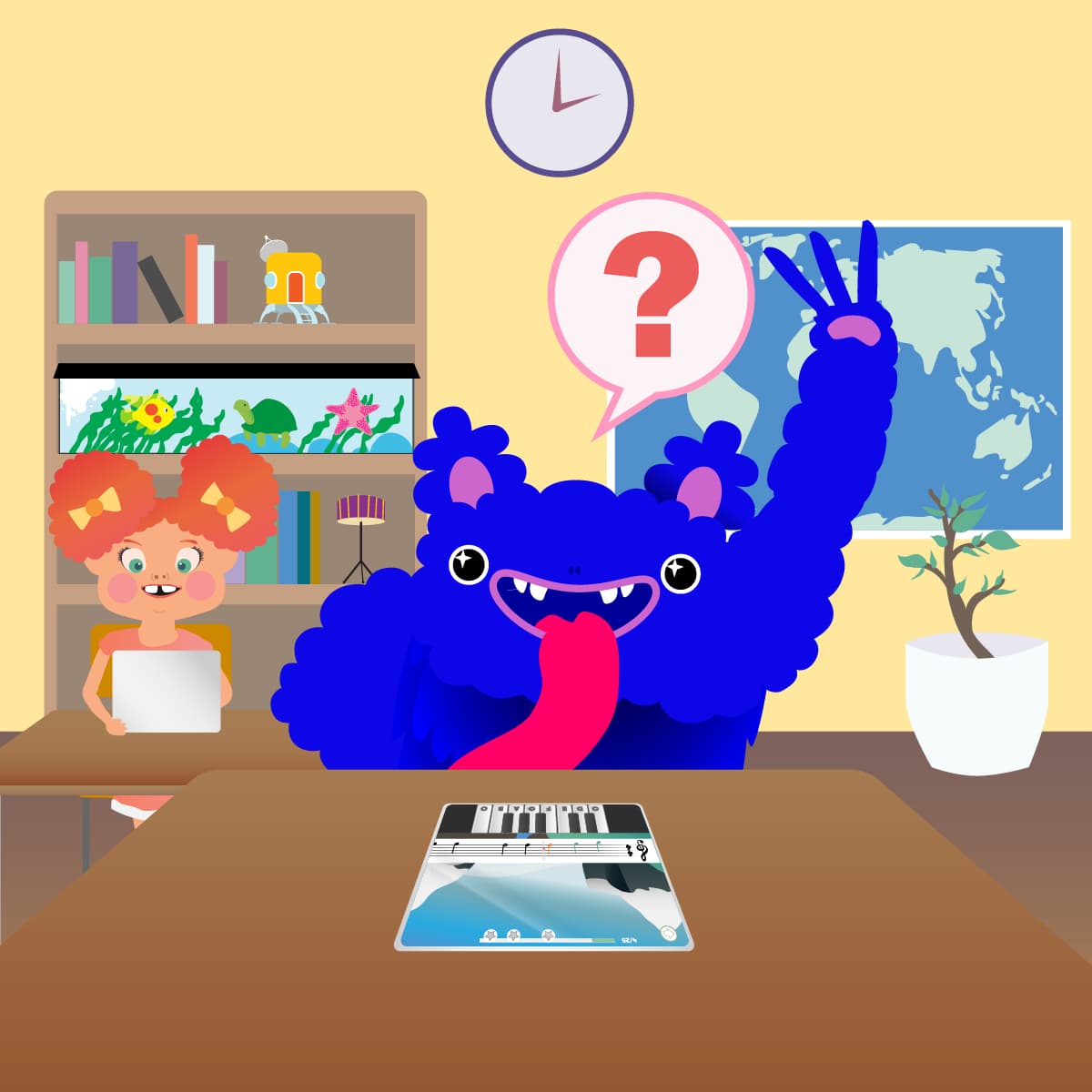By Arctic Meta,
Learning to read music is an impressive and useful skill to have, even if you never plan on being a professional musician. The ability to take written sheet music and know how to transform it into something that can be played, enjoyed and listened to is something most would love to have.
Although it is possible to play instruments without ever undertaking a formal musical education, learning to read and accurately play music notes helps to build a strong foundation that gives a music student much more freedom and control over their abilities.
Teaching students to read music can seem a bit scary. It’s basically like learning a whole new language that is completely alien to them. The lucky thing is that, especially when they are young, kids have brains that are perfectly primed to take in new information and learn new skills.
To successfully learn how to read music, there needs to be some practice, repetition and commitment, but it doesn’t mean it has to be boring.
So what’s the best way to start teaching kids to read music? What are some exercises and tips? How can you make it fun? Read on to find out all this and more.
First Steps For Kids Learning to Read Music

For most kids, they start learning how to read music because they are learning how to play a particular instrument. This is a great way to get the ball rolling because the student will learn the notes as they go. They get to pick up music knowledge almost on the fly, and they see the results of their education almost in an instant.
Still, there are a few steps music teachers, and parents can take to help make the learning process easier and more fun for students.
Learning the Note Time Values
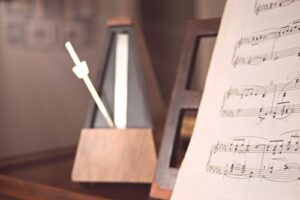
In written music, there are different time values for notes. It’s a bit like learning the value of ‘number 1’ and then learning that you can also have a ‘half, quarter, eighth’ and so on. Depending on how old the student is, this can be taught through explaining the math, or it can be done with some games that involve rhythm.
The different note time values can also be introduced like a family. A whole note can be the Grandma, a half note the Mom, then a quarter can be a big sis and the eighth a little sis.
Learning the Names of the Notes

Once students have a firm grasp of how different notes can have different time values, it’s a good idea to introduce them to the proper names of these notes. This is where students can first see that each sound in music has a letter value attached to it.
Piano keyboards are made out of a collection of white and black keys. The black keys are always in groups of twos and threes. If you find a group of two black keys on a piano, the white key immediately to the left of the first black key will be a ‘C’ note.
From there, the white keys are given the values, ‘C, D, E, F, G, A, B’, which makes an octave. The next ‘C’ starts a new octave.
If you have access to a piano or keyboard, a fun game can be to label the notes in an octave, so the student gets used to their position, then for fun, remove the visual aid and ask them to find different notes on the piano, just like in a game of memory.
Solfege
It sounds like it could be an expensive dish at a French restaurant, but Solfege is just another method for learning the order of notes in music theory. It’s that old ‘Do-Re-Me’ song almost everyone has heard at some point in their lives.
The basic principle of Solfege is to replace the music notes with one-syllable sounds that are easy to sing.
C becomes Do
D becomes Re
E becomes Mi
F becomes Fa
G becomes So
A becomes La
B becomes Ti
So a full rotation of the notes is; Do-Re-Mi-Fa-So-La-Ti. The reason this method has been used for so long is that it really helps to cement the sounds of the notes in the memory of a student. To prove a point, anyone who remembers the above song from ‘The Sound of Music,’ can accurately produce a ‘C’ note just by singing that song.
Understanding the Stave and the Clefs
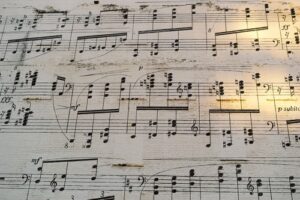
This can be a part of music theory that makes many teachers nervous because it might seem like a gargantuan task to explain what exactly these things are, why they are important and how they work.
The simplest way to introduce a student to staves and clefs is to explain that they are just tools that help people write and understand music. Just like in math, symbols stand for things, and there’s a specific way of writing so that it can be understood by everyone.
The stave is the place musical notes are written, and clefs help people to understand if the music is low or high. It’s that simple.
Methods For Teaching Kids to Read Music
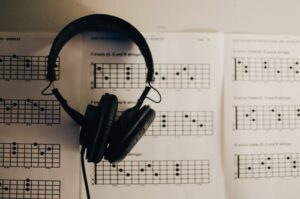
There are probably as many methods for teaching kids to read music as there are instruments to play. One of the great things about this is that there’s no real limit to how inventive a teacher can be in the music classroom.
Even though the different approaches are limitless, there are some points that should be included to make sure students get the most out of their musical education.
1. Learning Lines and Spaces
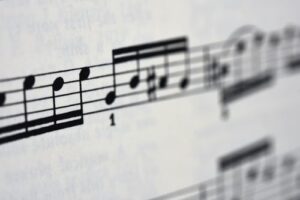
This is where students can explore the musical stave and understand how it is formed and what each of its components does.
The musical stave is made up of 5 horizontal lines; each of them is set apart equally. In sheet music, each line on the musical stave represents a note, and so does each space between the lines.
When a note is written on a stave, the line or space it sits on determines what note it is.
Teach the 5 Line Names
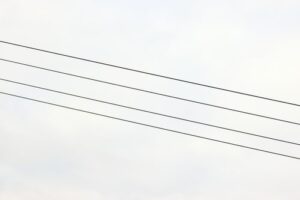
This is where a little bit of poetic creativity can be an asset. On the musical stave, each line represents a note. Starting from the very bottom line and moving upwards, the notes are E, G, B, D, F.
One of the simplest ways to get students to memorise this is to teach them a phrase where each word starts with the letter of the note it represents.
A great example of this is; Every Good Burger Deserves Fries. It’s a great phrase because it’s easy to remember, and to be honest, it’s one hundred per cent true.
Teach the Spaces

Once students have learned the notes that the lines of the stave represent, it’s time to learn the spaces.
When it comes to learning the notes of the spaces, the word of the moment is FACE. Starting from the bottom and moving up, the notes in the spaces of the musical stave are F, A, C and then E.
The brilliance of this (if the student is a native English speaker) is that the notes already spell a word they are familiar with.
Practice the Naming of Notes
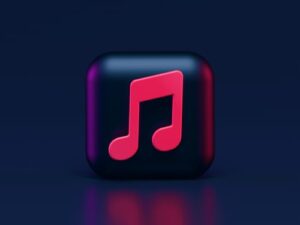
This can be done by simply using the hands. If a teacher positions a hand with the palm towards their face and spreads the fingers apart, it can perfectly mimic a musical stave.
Each finger represents a line, and the spaces between them represent, well, the spaces.
Starting from the pinky finger, the notes can be alternated between finger and space. The pinky finger is E, the first space is F, the ring finger is G, the second space is A and so on.
By simply using hands to demonstrate this, a student is given a new perspective on the musical stave that can go with them anywhere.
Introduce Flashcard Games for Memorising
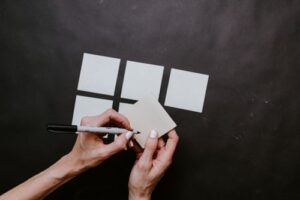
Adding the element of play into any kind of lesson is bound to pique the interest of students and further cement the concepts they are learning into their conscious brains.
Flashcards and games are an easy and effective way to strengthen the work that is done in the classroom. An easy flashcard game could be to draw some notes on music staves. If the student picks the note out from the deck of flashcards, they need to correctly play it on the piano to win a point.
This kind of game can also be done with pairs of notes like a version of ‘memory.’ If students are more advanced, the flashcards could contain sections of music that they need to arrange together in the correct order to be able to play it.
Teach the Rhythm
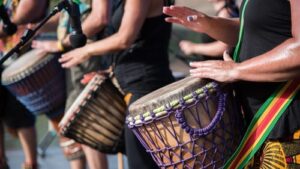
Once the students have understood pitch, it’s time to teach them rhythm. The best way to begin this is to get them to focus on being able to keep a single steady beat. A great real-life example of this is to march. Marching (like a soldier) can get them up on their feet but also experiencing the concept of rhythm in real-time.
A great exercise could be to play different pieces of music, and the student needs to figure out how slow or fast they need to march to match it.
Another simple exercise is to clap a rhythm and see if the students are able to clap it back instantly. This can be mixed up with different kinds of percussion; handclaps, shoulder taps, thigh slaps and so on.
Familiarity With Individual Notes
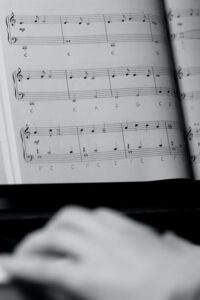
It’s incredibly beneficial to get students familiar with the appearance and shape of musical note symbols as early as possible. This can be started by simply showing a large image of the symbol and asking the students to describe it. This will get them thinking about what makes this symbol unique.
Then, take the time to explain what the symbols mean, introduce their proper names and how they work in a piece of music. Encourage students to ask questions or share any interesting things they notice about the symbols because this will help commit them to memory.
Introduce Music Notation Games
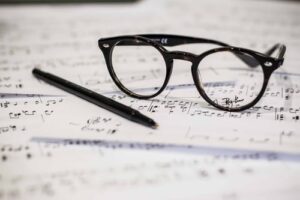
Just like with learning another language, in music theory, it’s also important to practice listening, reading, and writing.
Just as with the other elements, a teacher can inject some fun into music notation by doing it through games and challenges. Start simple by playing notes on the piano that the students are familiar with and see if they are able to use the correct symbol in the correct space or line on the music stave.
Prizes are always a great motivator, whether they be stickers, treats or free time to bash something out on that drum kit every single one of them is drawn to when they enter the music classroom.
Teach Pitch
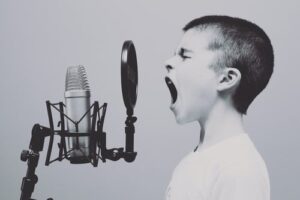
In music, pitch refers to the placement of individual sounds in a possible scale of sounds. Some are higher, and some are lower. When these sounds are given a value, that’s what is referred to as a note.
Music is basically a combination of pitch and rhythm, and both of these concepts are the basis from which students should build their musical education. They can be taught at the same time, but eventually, they tend to meld into one element.
However a teacher decides to address pitch in the early stages of music education, it’s important that it remains interesting and fun. A concept like pitch can very easily become overwhelming, so keeping it as light and hands-on as possible will ensure the best results.
2. Word Rhythm Association
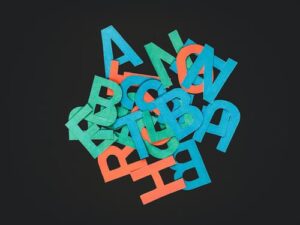
In this kind of activity, students explore the mathematical relationships between rhythm values.
For example, they can be given words like; walk, run, hop, jump. Each one of these words corresponds to a rhythm value. So if walk is a full count of 4 and run is a half, then run needs to be twice as fast as walk.
3. Associate Pitch With Colours

Associating pitch with colours doesn’t necessarily add anything for all students, but it has been shown to provide success with some.
The basic idea behind it is to associate a specific pitch with a solid colour. When a student sees that colour, their task is to name and play or sing the pitch. There are simple instruments available that have solid colour coordination to them, like xylophones, that are perfect for this exercise.
There are even unique people who see music as colours. This rare condition is called chromesthesia.
Kids Can Learn to Read Music Through Apps
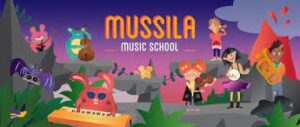
There’s an app for just about everything now. Everything from grocery shopping to booking a doctor’s appointment to even finding the best app for something, has an app. The same can now be said about helping kids learn to read music.
The Mussila music school is an award-winning app that combines play with technology to give students a completely comprehensive music education that they can access from the comfort of their own living rooms.
Mussila has been designed with the student in mind, and the best part about it is it can be used without parent supervision. It’s great to be involved in your child’s life, but it is also nice to have an activity they can do that doesn’t need constant supervision.
Mussila takes a student through different learning streams to cultivate a complete music education that includes music theory and plenty of practical exercises.
Mussila is a great way to take advantage of the technology available to give students a solid understanding of music theory. To find out more about how Mussila works, click here.
Kids Can Learn to Read Music Through Online Games and Websites

There are thousands of great websites available that can provide some tools for music education. Many of them offer worksheets, games, lessons, hints and other activities to complement the musical education a student might already be involved in.
A good piece of advice is to test some out as a parent first. See what the process is and if it will be a good fit for the student. Any piece of additional exposure to music education is always a helpful tool.
Help Kids to Learn Music Theory
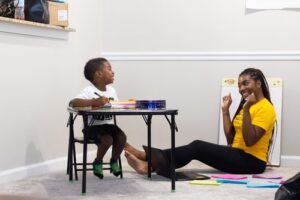
Many parents are afraid that they will ‘get in the way’ of their child’s musical education, especially if they aren’t musically educated themselves. The truth of the matter is that parental involvement in the education process is incredibly beneficial to kids.
Many studies have shown that even just helping kids with homework provides immense long-term benefits like better critical thinking skills, better academic performance and better communication skills. It’s also just a great time to bond with kids and get to know what is currently making them tik.
Taking the time to help children understand music theory isn’t just beneficial; it’s fun and a great time to bond and explore together. If the parent doesn’t have any music education, they might also learn something for free.
Conclusion
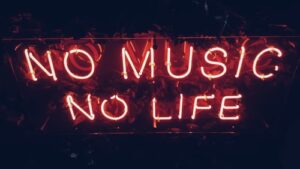
Learning to read music is an essential skill for any student who wants to pursue a musical endeavour. It’s one of the most fundamental pieces of the musical education puzzle, and it might seem like a daunting task, but it doesn’t have to be.
Learning to read music can be a fun experience for all involved. One that makes lasting impressions on young people and inspires them to continue to learn later in life.



